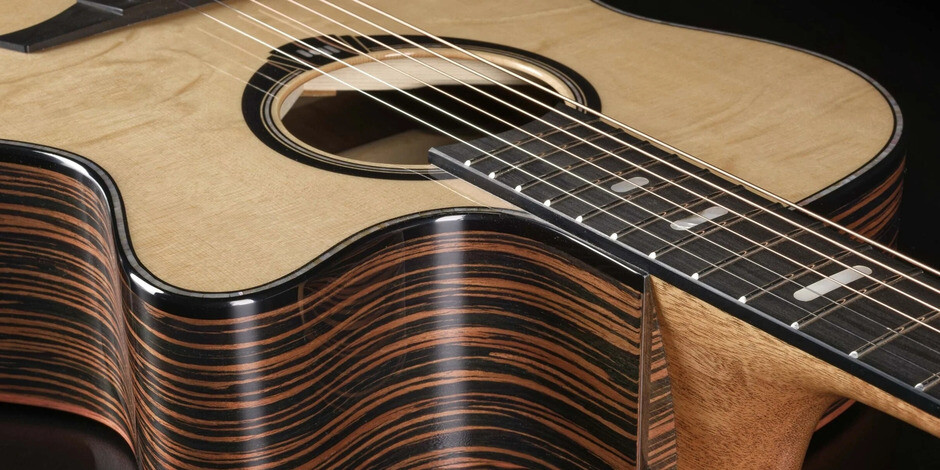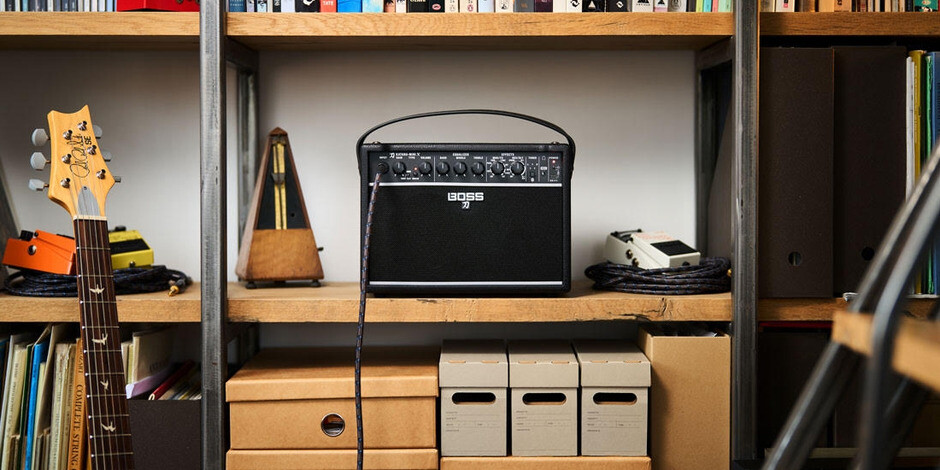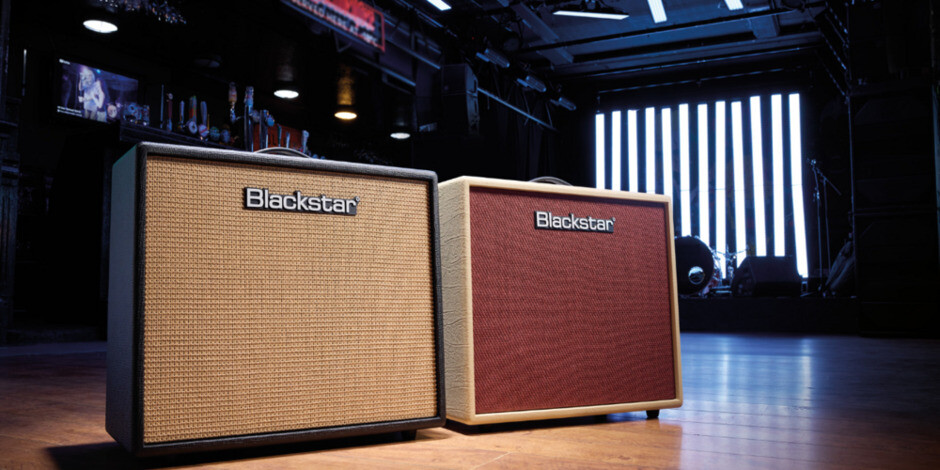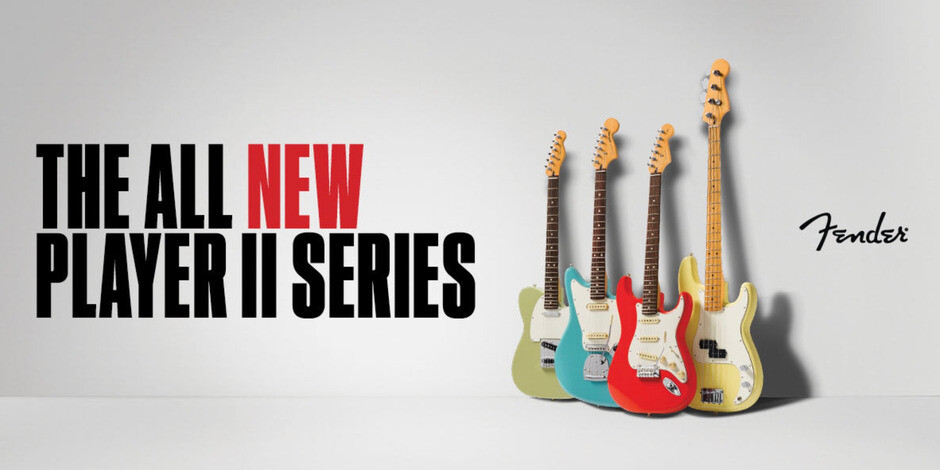
Gibson 2015 G-Force
With the Gibson G-Force (formerly known as Min-ETune) now being utilised on a large number of 2015 models we thought we'd give you a guide on the ins and outs of this clever auto tuning system.
2015 and the Gibson G-Force guitars (formally known as Mini-ETune) are here in abundance, but back in the 1950s when Gibson were producing the very first Les Paul guitars, if you’d told them that one day these guitars would be capable of tuning themselves, they’d have thought you were bonkers. Well here we are, half a century later and Gibson are producing a range of self tuning guitars with on-board robotic tuners.
Equipped with their innovative G-Force system, a number of Gibson’s guitars are factory fitted to tune themselves. Featuring a set of robot tuners coupled with a small headstock mounted ‘brain’, the G-Force system allows accurate tuning at the press of a button.

Upon picking up the guitar, all the guitarist has to do is press a button and strum the strings - the guitar does the rest, the tuners quickly turning until each string is tuned, and that’s it, you’re ready to play.
That on its own would be quite an impressive feat - tuning a whole set of strings in a matter of seconds. What’s really clever about the G-Force system, however, is its ability to tune to alternate tunings, just as quickly. A choice of buttons on the headstock unit give you the option to choose Dropped D, Open E, DADGAD, open G and many more, all taking just seconds to get in tune.
Unlike other digitally synthesized tuning systems, the Gibson G-Force physically tunes your strings. This means it will never suffer from digital tuning ‘wobble’ or lag as the brain processes the sound. It also means that it is a viable tuning device for acoustic guitars, as we’ve already seen in some Epiphone models, as it is often acoustic guitar players that make the most use of alternate tunings.
One small, potential issue with the G-Force is the fact that the tuning of your guitar is dependent on a battery. Whilst the G-Forces's rechargeable battery is capable of a decent operating duration, there will always be an occasion where it hasn’t been charged and runs out of juice at the wrong moment. Luckily, manual tuning is an option, but the tuners aren’t geared like conventional ones and take a little longer to get in tune.
There may also be concern with the changing tensions of the strings across various tunings, and the effect it may have on the guitar's setup/action. Having played a G-Force equipped Les Paul over a range of its tunings the guitar didn’t suffer the dreaded string buzz in lower tunings whilst fitted with its standard 10-46 strings. It’s probably best to avoid the super low tunings favoured by heavier playing styles, however.
In an increasingly backwards looking industry, a new robotic self tuning guitar is always going to split opinion, and the G-Force certainly does that. One thing we are finding, however, is that most of the less positive opinions are coming from players yet to try the system, determined to dislike the inclusion of modern technology in what is otherwise, a traditional instrument.
The key to the G-Force system is actually sitting down and playing a guitar with the system fitted and making your own mind up. It certainly won’t appeal to everyone, what guitar does, but we have had many ‘purists’ test the system and be pleasantly surprised with its unobtrusive design, ease of use and final outcome.
Also, if the G-Force system tempts you but your budget doesn't stretch to a Gibson there are also Epiphone Min-ETune guitars available too.
We always stock great range of Gibson guitars (both with and without the G-Force system) so why not come over to our Harlow store to try one out for yourself.
By Rob West





Comments